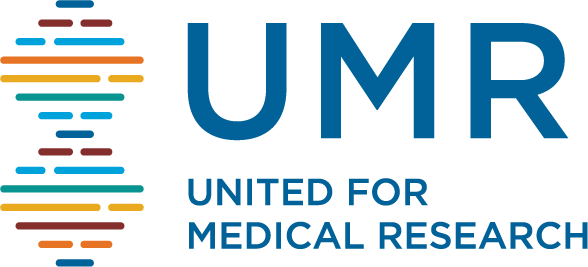July 24, 2013
WASHINGTON – In the wake of drastic sequestration cuts that have flat lined funding for medical research, a new United for Medical Research (UMR) report highlights a diverse range of innovative life science companies large and small who trace their core advances to National Institutes of Health (NIH) funding. These stories demonstrate the significant impact of federal investments in fueling private sector growth and U.S. economic activity.
Profiles of Prosperity: How NIH-Supported Research is Fueling Private Sector Growth and Innovation features 10 companies that evolved from NIH-funded research, from freshly minted firms in the early stages of testing to biotech giants that produce crucial medical devices and employ thousands. The report also sheds light on the dynamic partnership between NIH, university research scientists and private sector companies, working in collaboration to produce lifesaving products and fuel economic growth through the creation of new industries, jobs and economic activity.
“NIH funding is the catalyst for remarkable medical advances that improve the lives of every American,” said Carrie Wolinetz, PhD, President, United for Medical Research. “The individual stories of companies who have enabled new pathways of discovery, from radically accelerating gene sequencing and dramatically reducing its cost, to transplanting engineered nerve tissue to repair previously irreparable nerve damage, showcase the unique and essential role NIH plays as the center of the biomedical innovation ecosystem.”
“We consider the NIH the very foundation for the industry,” said Peter Abair, Director of Economic Development, Massachusetts Biotechnology Council. “When we talk about the industry and ultimately lifesaving products, it starts really with the NIH and the kind of basic research it’s supporting.”
One such company featured in the report is a multibillion dollar Wisconsin-based life science company known as TomoTherapy. Largely supported by NIH grants, a group of researchers at University of Washington developed a machine to improve the accuracy of cancer treatment by reducing the ability for radiation to damage non-cancerous organs near the area of treatment. Within 10 years of treating its first patient, TomoTherapy evolved into a major private sector company, employing more than 1,100 people worldwide, its fiscal year 2012 revenue exceeding $400 million.
NIH funding is not only a stimulus in driving the innovation ecosystem, but crucial in maintaining international competitiveness. In 2012 alone, NIH funding supported more than 402,000 jobs and $57.8 billion in economic output nationwide. A recent UMR report highlighted the economic impact of the federal investment in the human genome project, which accounted for $965 billion in impact, more than 53,000 direct genomics-related jobs and $293 billion in personal income.
